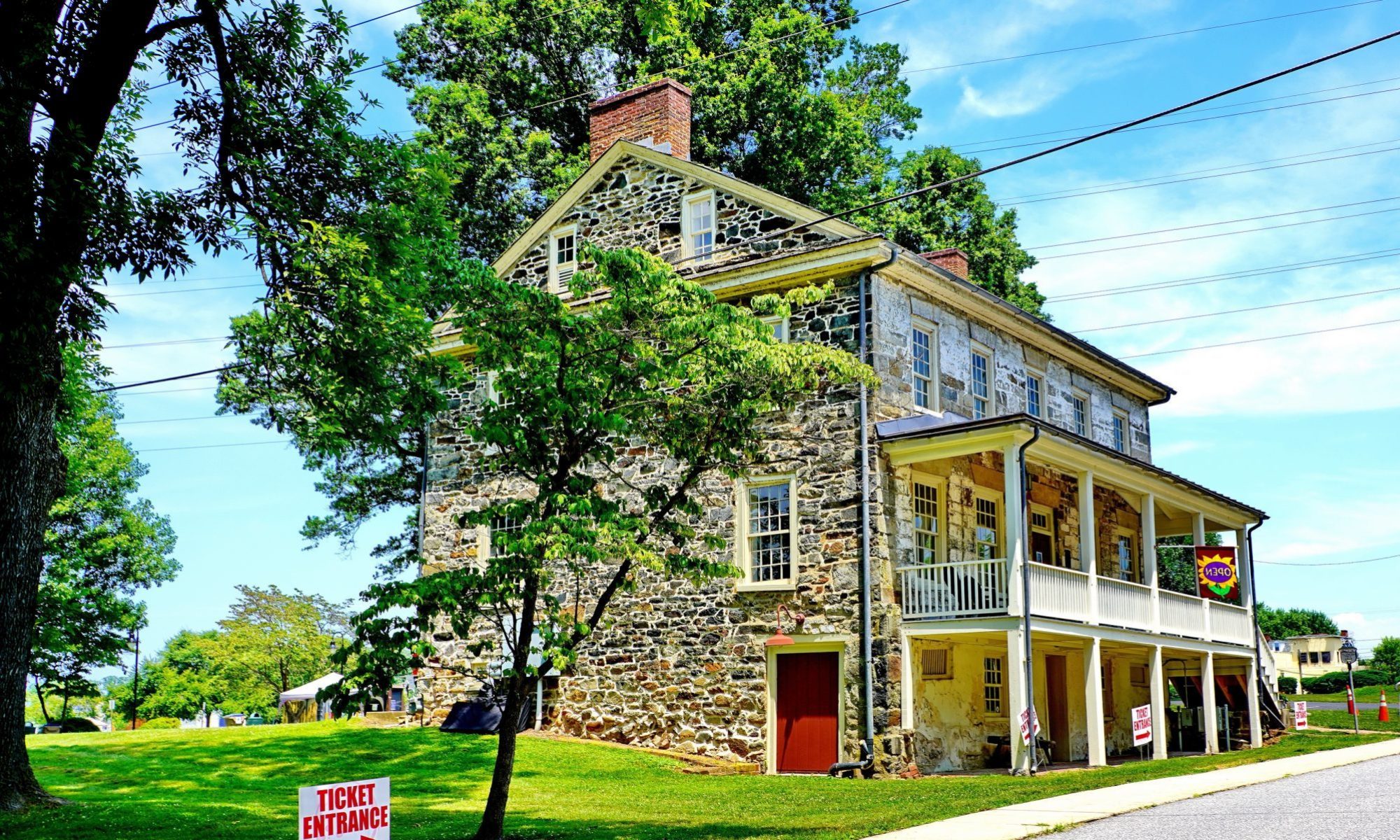As the nation marked the 78th anniversary of D-Day on June 6, we paged through newspapers and listened to broadcasts to see how Cecil County stayed informed as allied troops fought on the beaches of Normandy. Those critical late spring days in 1944 marked the start of the campaign to liberate Western Europe from Nazi Germany.

Radio Flashes Alerted the County
Once people awoke that Tuesday morning, great unease settled in as they heard the news. During the wee hours of the night, General Dwight D. Eisenhower took to the airwaves to announce that the invasion had started. After that, broadcast journalists delivered periodic updates as people worried that Elkton’s National Guard Unit was in the thick of the fighting. Word spread quickly on that June morning as people stirred, families anxiously huddling around radios hour after hour, listening for bulletins.
Later that day, churches held special D-Day services, and President Franklin D. Roosevelt delivered a prayer on the networks. In charge of the Elkton services, Rev. John J. Bunting of the Methodist Church prayed for the safety of sons, husbands, and neighbors on the frontline, the Democrat reported 1.
Meanwhile, editors of city newspapers in Philadelphia and Baltimore scrambled to put out special editions and update afternoon papers. When they arrived at train stations and newsstands, people snapped them up.
As the fighting stretched into days, parents whose “boys” were on the battlefront listened most intensely to broadcasts. But all across the county, no one wanted to leave the radio. 2.
One soldier, from a foxhole somewhere in France, dashed off a hasty letter, Sgt. Donald S. Preston of North East told his family that he and his brother were O.K. It arrived in North East on June 133
County Newspaper Struggled to Provide Local Context

The county weeklies struggled to provide the local angle. In those early days, hometown news from the front was scarce so papers offered up a few lines of reassuring editorial matter. For example, a Whig columnist noted that these two days would go down in history – Dec. 7, 1941, with the attack on Pearl Harbor and June 6, 1944, the invasion. Now “we need two more days of note – Surrender of Hitler and the wiping out of Japanese,” the writer added. 4
Many Cecil County boys were with the 29th division invading France, the Whig informed readers. “They are on the firing line driving inland. It will be tough going as the days lengthen into weeks and the weeks into months. Parents are on the anxious bench. . .”5
On June 24, over two weeks after the invasion began, the Democrat had some news directly from the front. Sgt. Charles D. Racine had been slightly wounded in action in France.
Rough Going For Cecil County Soldiers
As those difficult days stretched to weeks of intense combat, the going was rough for the 29th Division, and four Cecil County families received sad news. Their sons had been killed. Staff Sgt. Charles T. Creighton of North East was killed in France on June 18, just weeks after receiving the Silver Medal “for gallantry and heroism.” The 24-year-old was with the 29th Division, Company E. 115th infantry when he was killed somewhere in France. He was 24.6
Also killed in France were two Elkton men, PFC Preston L. Dean on July 11 and Sgt. Willard P. Heverin, 34. 7 Finally, the War Department reported Pvt. Luke J. Onizuk was killed in France on July 22. An expert sharpshooter, Private Onizuk was 19.8
The efforts of the troops deserved to be remembered and honored on D-Day. More than 4,400 allied soldiers, including these four men from Cecil County, lost their lives on D-D Day. Many more were wounded.

For More on the 29th Division
For more on Cecil County’s World War II generation, see the Historical Society’s “Cecil’s Soldiers: Stories from the World War II” Generation. The author is Jenifer Dolde. The central story follows the men of Company E of the Maryland National Guard, who met at the Elkton Armory and were federalized following the attack on Pearl Harbor in 1941. While some of the men went on to serve as paratroopers and specialists, a core group battled their way from Normandy to St. Lo to Brest and finally to Bremen at the end of the war.
Endnotes- D-day services held, Cecil Democrat, June 10, 1944[↩]
- “D-Day Services Held,” Cecil Democrat, June 10, 1944[↩]
- “Home and Abroad With Our Men on Land and Sea,” Cecil Democrat, July 1, 1944[↩]
- “Comments,” ((“Comments,” Cecil Whig, June 8, 1944[↩]
- Comments, Cecil Whig, June 6, 1944[↩]
- Killed iN Action, The News, Federick, Md. Aug 22, 1944[↩]
- Obituary, Reburial Arranged for Preston L. Dean, News Journal June 8, 1949.[↩]
- “War News Saddens, Cecil County Homes,” Morning News, Aug 7, 1944[↩]











